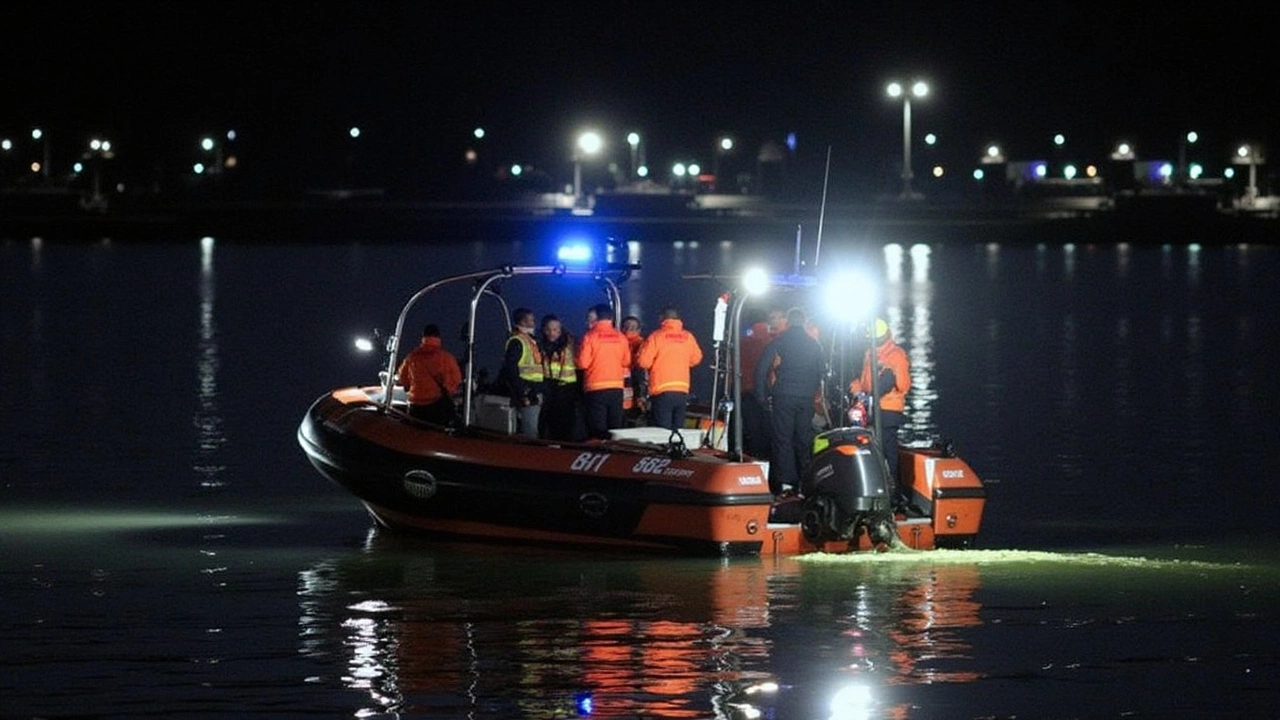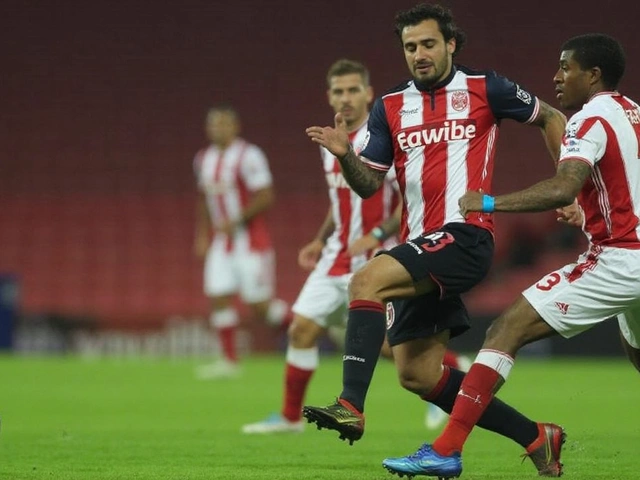Black Hawk Helicopter: Quick Facts, History & Why It Still Rules
If you’ve ever seen a big, green‑gray helicopter lifting troops or cargo, chances are it was a Black Hawk. Officially called the UH‑60, this machine first flew in the late 1970s and has been the backbone of the U.S. Army’s rotary‑wing fleet for more than four decades.
Where It All Began
The story starts with Sikorsky, a company that was already famous for making reliable helicopters. In 1974 the Army asked for a new medium‑lift helicopter to replace the older Huey. Sikorsky answered with the S‑70 design, which later became the UH‑60 Black Hawk. The first production model rolled out in 1979 and quickly proved it could handle tough missions, from troop transport to medical evacuation.
Key Specs You Should Know
The Black Hawk is powered by two turboshaft engines that give it plenty of thrust, even in hot or high‑altitude conditions. It can carry up to 11 soldiers with gear, or lift about 9,000 pounds of cargo inside its cabin. The rotor system spins at around 250 RPM, giving the aircraft a smooth ride and good stability. Some versions have a glass cockpit, night‑vision equipment and advanced navigation systems, making it usable day or night.
What makes the Black Hawk stand out is its flexibility. The same airframe can be turned into a med‑evac version with room for stretchers, a gunship with side‑mounted weapons, or a special‑operations platform with extra fuel tanks and extra‑range gear. Over the years the Army added upgrades like new engines, digital flight controls and a stronger landing gear, keeping the helicopter relevant even as technology moves forward.
Outside the U.S., more than 30 countries operate some form of the Black Hawk. Australia, Japan, Canada and many European nations have bought licensed versions or local variants. The aircraft’s reliability and ease of maintenance are big reasons why allies trust it for both combat and humanitarian missions.
When you think about real‑world use, the Black Hawk has been everywhere. It flew troops into Afghanistan, helped rescue people after hurricanes, and even delivered supplies to remote villages after earthquakes. Its ability to land in tight spots and fly low makes it perfect for missions where bigger planes can’t go.
One of the most famous moments for the Black Hawk came in 1993 during the Battle of Mogadishu. Though the operation faced heavy resistance, the helicopter’s durability and the crew’s skill saved many lives. That event showed how a well‑built helicopter can be a lifesaver in the most chaotic situations.
Maintenance crews love the Black Hawk because of its modular design. Parts can be swapped out quickly, and the aircraft’s health‑monitoring system alerts technicians to problems before they cause a shutdown. This reduces downtime and keeps the fleet ready for action.
Looking ahead, the Army is already testing next‑generation upgrades like improved avionics, more efficient engines, and even hybrid‑electric power options. The goal is to stretch the helicopter’s life well into the 2030s while cutting fuel costs and emissions.
In short, the Black Hawk isn’t just a piece of metal; it’s a workhorse that adapts to whatever the mission throws at it. Whether you’re a soldier, a pilot, or just someone who loves aviation, the Black Hawk’s mix of power, versatility and proven track record makes it a standout in the world of helicopters.

A significant aviation tragedy unfolded above Washington D.C. as a passenger jet collided with a Sikorsky Black Hawk helicopter. The crash occurred near the Potomac River, impacting operations at Ronald Reagan Washington National Airport. The involved jet was carrying 60 passengers, and a substantial search and rescue mission is now underway, led by several agencies. Investigations by the FAA and NTSB are in progress.
Continue Reading





